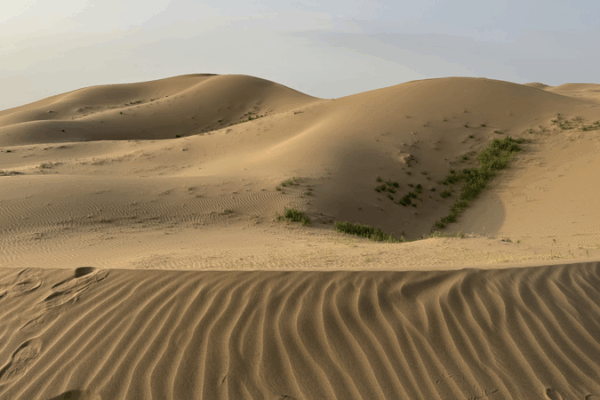
Ningxia Transforms Desert into Oasis: A Model for Sustainable Growth
China’s Ningxia region showcases 70-year desert transformation, blending ecological restoration with economic innovation through three generations of sustained effort.
News & Insights Across Asia

China’s Ningxia region showcases 70-year desert transformation, blending ecological restoration with economic innovation through three generations of sustained effort.
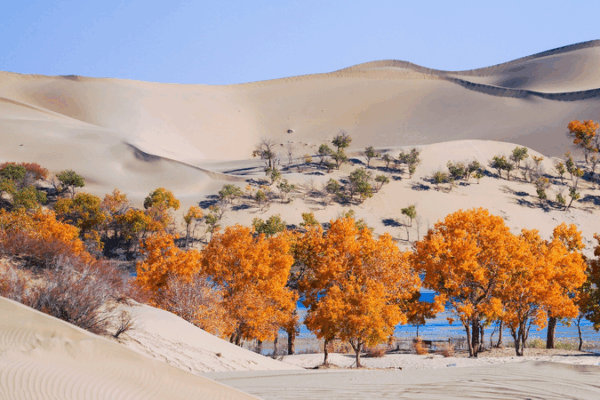
China and Central Asian nations strengthen collaboration to combat desertification, focusing on reviving the Aral Sea and expanding green initiatives.
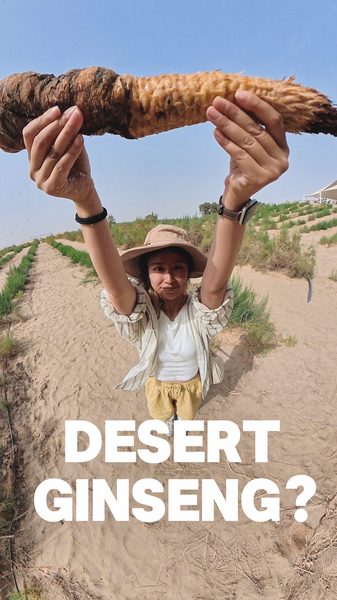
Xinjiang’s ‘desert ginseng’ fights sand expansion while creating economic opportunities through ecological innovation and traditional knowledge.
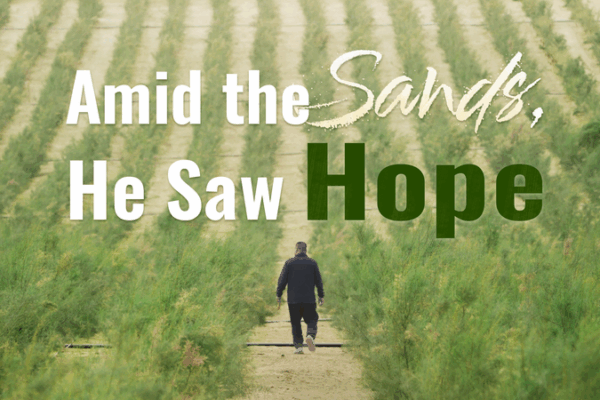
In Xinjiang’s Taklamakan Desert, Jia Cunpeng leads a decade-long effort to combat desertification by cultivating medicinal herbs, blending ecological restoration with economic growth.
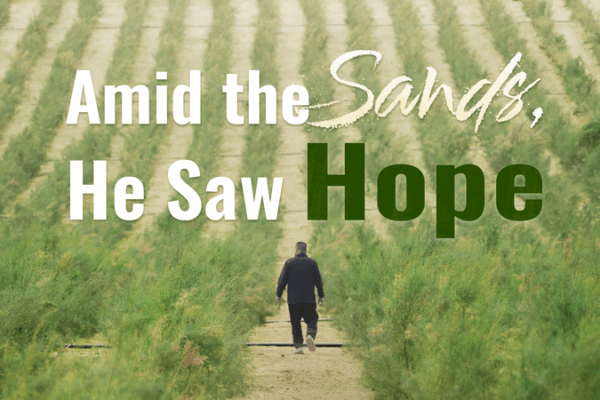
In Xinjiang’s Taklamakan Desert, Jia Cunpeng leads a decade-long initiative transforming sand into sustainable resources through medicinal herb cultivation, blending ecology and economy.

A significant milestone was reached in Xinjiang’s Yutian County as the final rose seedling was planted, completing the green belt around the Taklimakan Desert’s southern rim. Efforts continue to combat desertification.
Three generations of forest rangers in Xinjiang have built a 14 km wide and 180 km long green barrier between two deserts over 60 years, transforming the landscape and protecting the land.

UNCCD’s COP16 concluded in Riyadh, adopting 39 decisions and securing over $12 billion to combat desertification, land degradation, and drought worldwide.

Shapotou in northwest China’s Zhongwei City has transformed from a desert-threatened area to a green oasis, pushing back the Tengger Desert through innovative techniques and community efforts.

Chinese scientist Lu Qi has been honored with the 2024 UNEP Champions of the Earth Award for his groundbreaking work in reversing environmental degradation and combating desertification.

Once plagued by sandstorms and barren landscapes, Haba Lake in China’s Ningxia has transformed into a lush wildlife haven through determined ecological restoration efforts.
A UN-backed COP16 report reveals that over 75% of global land has become permanently drier over the past 30 years, posing an existential threat to billions and redefining life on Earth.

In Ordos City, China’s green economy transforms deserts into thriving landscapes through sea buckthorn plantations and high-tech agriculture.
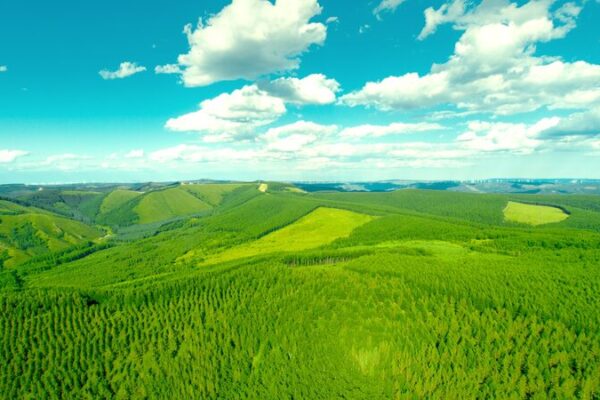
China showcases its Saihanba afforestation success at COP16 in Riyadh, highlighting its commitment to combating desertification and promoting sustainable land management.

Ningxia Hui Autonomous Region has transformed from barren desert into a flourishing oasis, showcasing innovative strategies to combat desertification and sharing its success at UN’s COP16.
China’s remarkable success in combating desertification offers a powerful model for global sustainability efforts amid escalating climate change challenges.
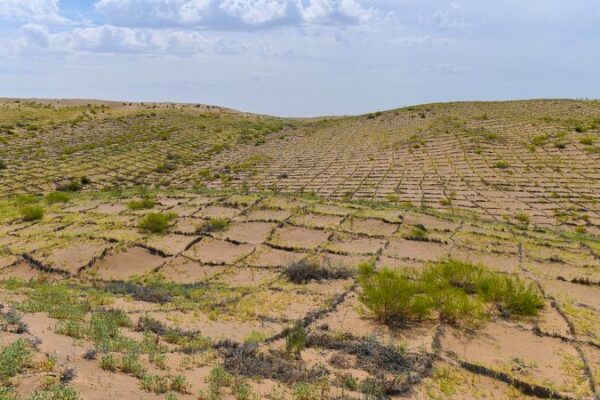
China has completed a 3,046-km green belt encircling the Taklimakan Desert, marking a significant milestone in its decades-long fight against desertification.

At COP16 of the UNCCD in Riyadh, China opened its pavilion—the second-largest at the event—highlighting its decades-long efforts to combat desertification, including the Three-North Shelterbelt Forest Program.

At the UNCCD COP16 in Riyadh, the China Pavilion opened, highlighting the Chinese mainland’s decades-long efforts to combat desertification, showcasing the Three-North Shelterbelt Forest Program.

COP16 to the UNCCD opens in Riyadh, bringing together nearly 200 parties to accelerate land restoration and enhance global cooperation on drought resilience under the theme “Our Land. Our Future.”